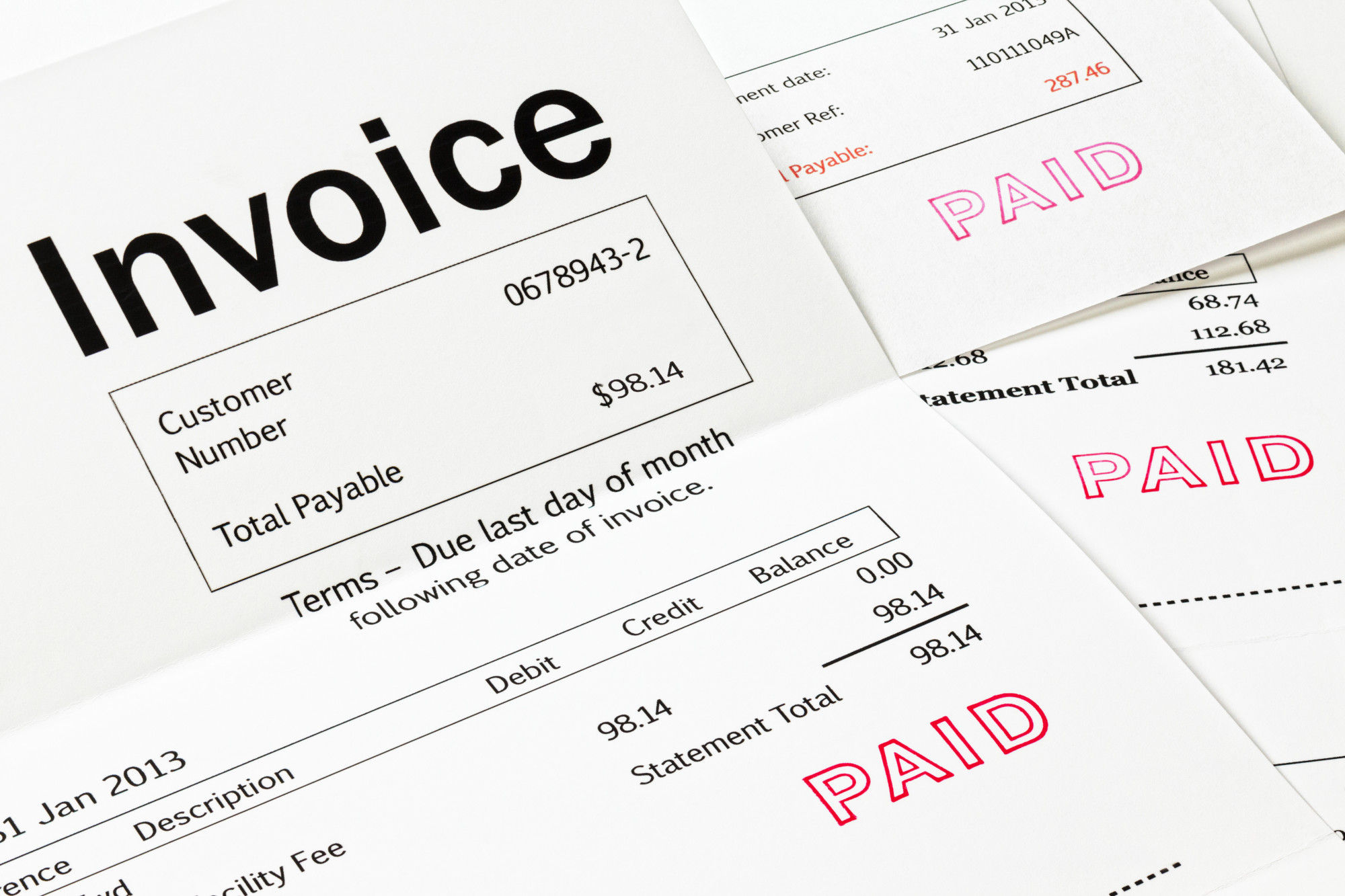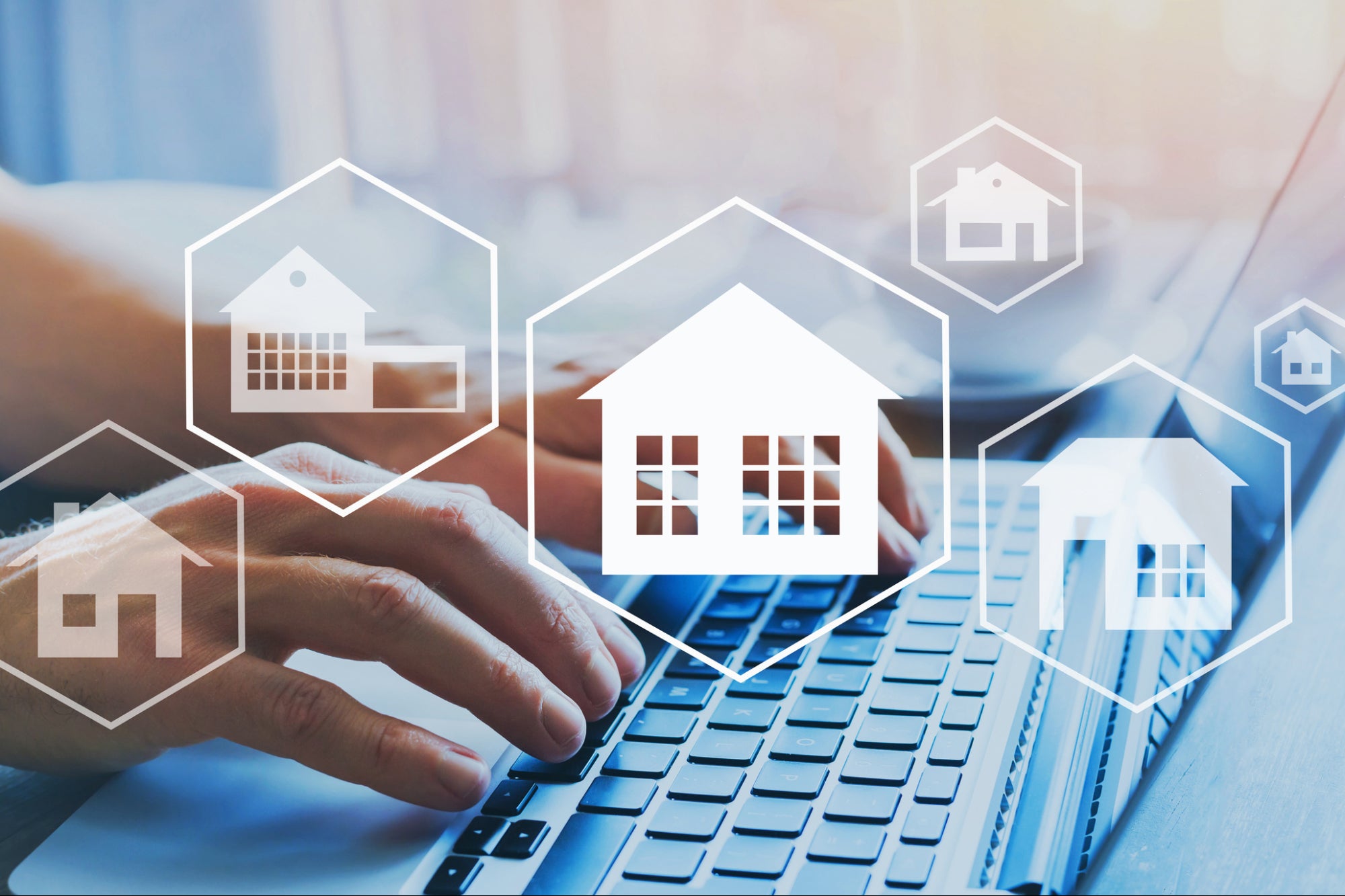
Oil-water separators are widely used across many industries and these devices are designed to skim any form of oil from the surface of liquids and contain the toxic material into special tanks so it can be safely removed.
Here is some information on the various types of oil-water separators.
- Above grade oil-water separators – Made from high quality stainless steel, these separators are designed to meet the federal government requirements regarding waste discharge management. If you are in need of cost-effective oil water separators from a Florida based company, a quick Google search will take you to their website and they are happy to advise on any aspect of oil-water separation. This equipment can remove hydrocarbons down to 20 microns size and they have variable flow limits, depending on your needs.
- Flush with grade oil-water separators – This utilises gravity to feed the effluent into the separator and they feature a high efficiency coalescer (HEC) that is removable. The solids flushing removes oil down to 20 microns and the devices are easy to maintain. Gravity fed systems require less energy and if this is possible, it is the most cost-effective way to carry out the separation. Click here for a few real estate marketing tips, in case you decide to change direction.
- Below grade oil-water separators – This is used when underground is the only option and meets all US government requirements, removing hydrocarbons down to 20 microns. If you are unsure what type of separator you need, the supplier is always happy to advise you and they have a wealth of experience in effluent discharge and treatment. It is important to keep costs down to a minimum and using the right oil-water separation system will save you money in the long term.
Performance
The separators accommodate flow rates up to 4,200 gpm, removing both settleable solids and free-floating oil down to a size of 20 microns, producing effluent down to 10 ppm. When looking at acquiring oil-water separation, you need to turn to the specialist, who has all the solutions with cost-effective and high-performance separation. They handle installation and maintenance, while systems can be designed for specific situations, making sure that you are in compliance with the EPA.
Demo & rental
If you would like to see an oil-water separator in action, the supplier can arrange this and if you have a temporary need for oil-water separation, there are rental options. Search online for ‘oil-water separators near me’ and that will bring up a list of specialist firms that only deal with oil-water separation. They have seen it all and take each new project as a challenge and with the best advice, your discharge rate will not be affected.
The Environmental Protection Agency sets out very stringent limits for effluent discharge and in order to be sure of compliance, you need to have the right equipment in place to separate oil and solids.














